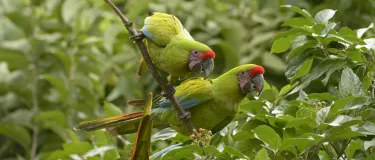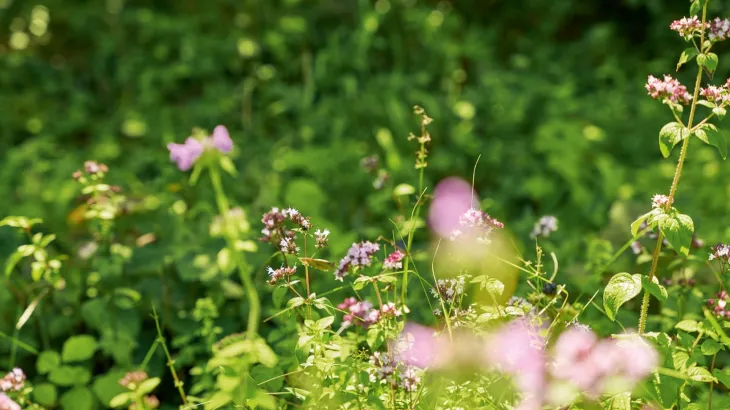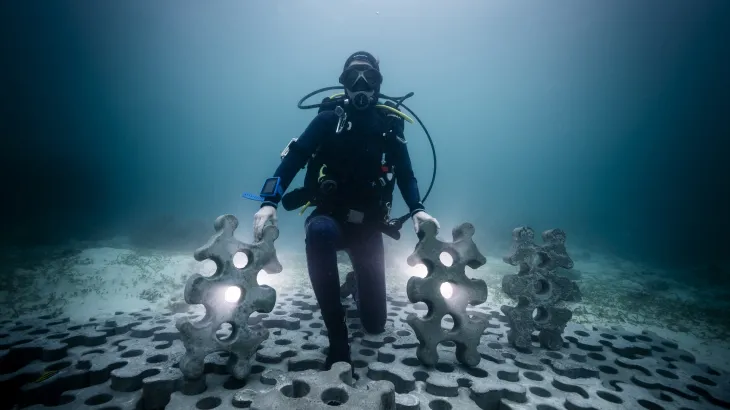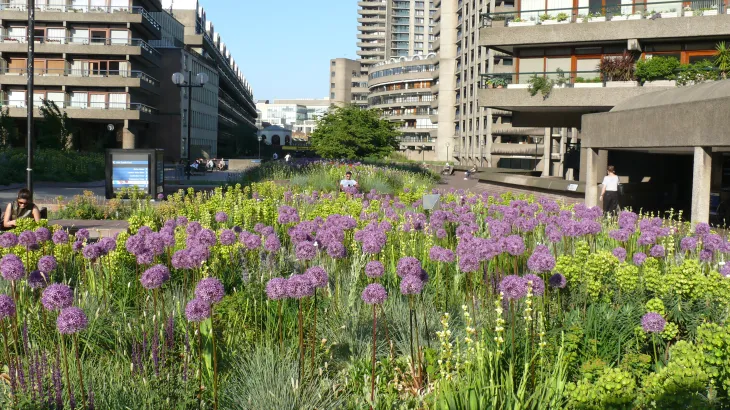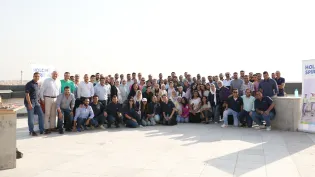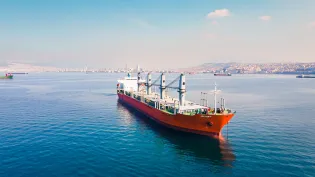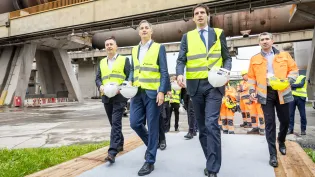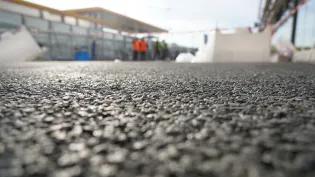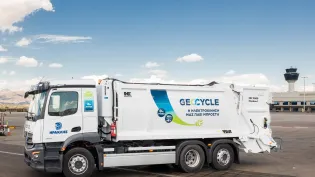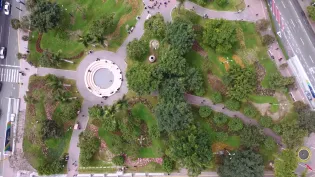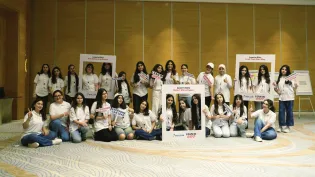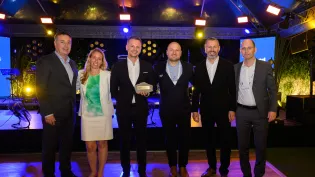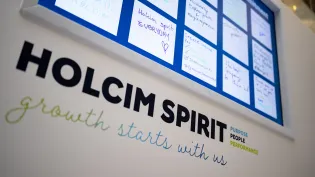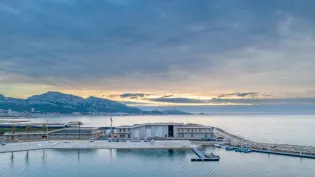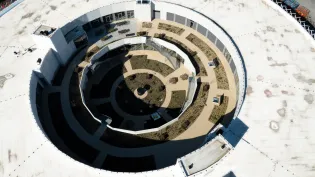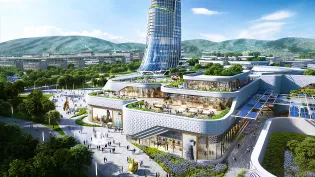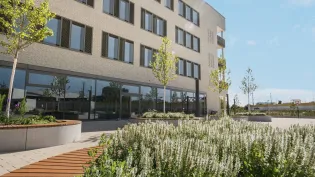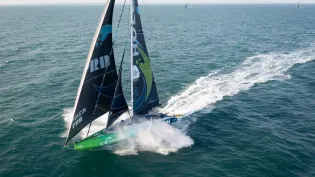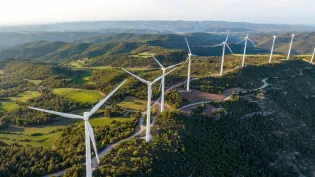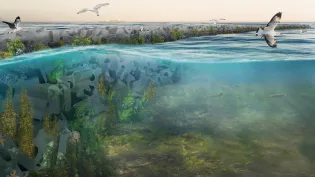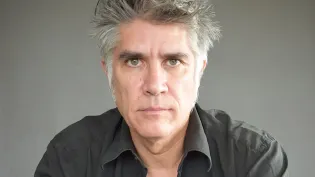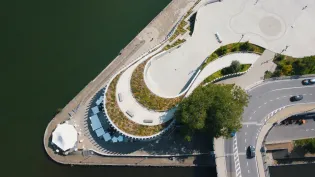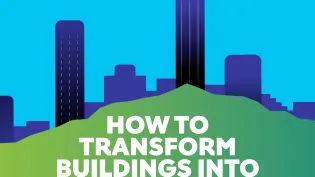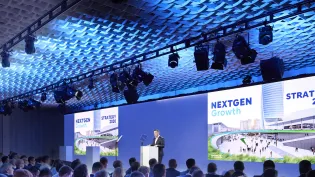Biodiversity
In Holcim’s effort to enhance biodiversity, we work with nature to accelerate restoration. Our rigorous, scientific approach harnesses natural processes, endemic species and local adaptation, accounting for the landscape and conservation context.
A STRONG COMMITMENT TO PROTECT and restore BIODIVERSITY
At Holcim, we commit to making a measurable positive impact on biodiversity by 2030. Backed by science-based indicators on our active and non-active quarries, we help to protect natural ecosystems and the livelihoods of those in neighboring communities. We will achieve this by working in partnership with local stakeholders, who understand the local ecosystem, ensuring a positive contribution to biodiversity and the well-being of our societies.
- We measure our biodiversity level baseline by implementing a scientific methodology called Biodiversity Indicator and Reporting System (BIRS). In 2024 we achieved our goal of assessing 100% of our biodiversity baseline in all our active and non-active quarries.
- We are using the Integrated Biodiversity Assessment Tool (IBAT) to support us in prioritizing actions in high biodiversity areas. We will measure our biodiversity level again by 2030. A higher biodiversity index will demonstrate that we are on a positive trajectory.
How we reach our commitments
Progressive transformative rehabilitation
In our commitment to contributing to a nature-positive future, we go beyond traditional rehabilitation. Some key actions include buffer zone optimization and, when relevant, creation of habitats not previously found on the site, like green corridors for wildlife connectivity and wetlands.
Our sites are rehabilitated in a progressive manner. In other words, rehabilitation takes place simultaneously with extraction work — areas where extraction is finished are rehabilitated while work continues in other areas of the quarry.
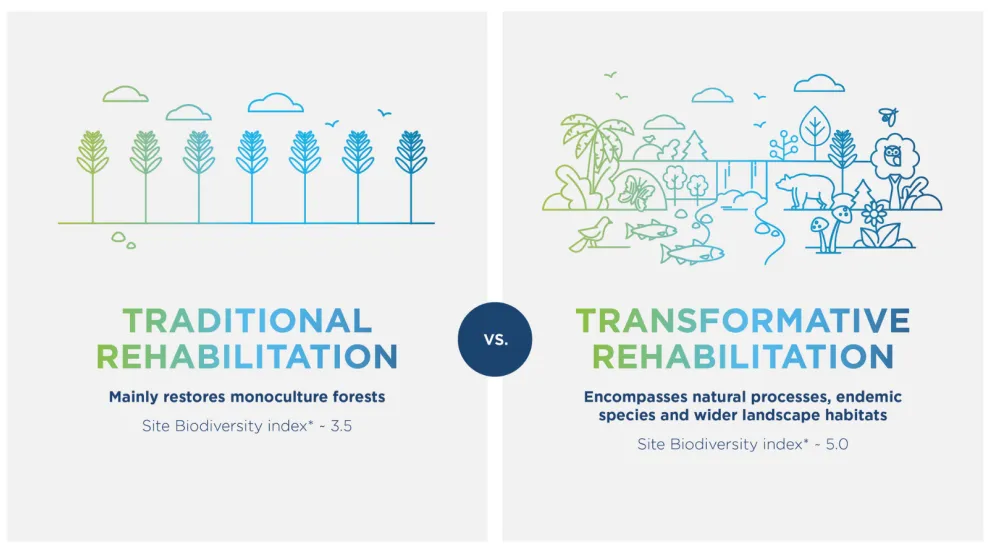
*Measured using the Biodiversity Indicator and Reporting System (BIRS), developed in partnership with the International Union for Conservation of Nature (IUCN)
Measuring positive biodiversity impact
We apply the mitigation hierarchy to prioritize and guide actions to enhance our positive biodiversity impact.
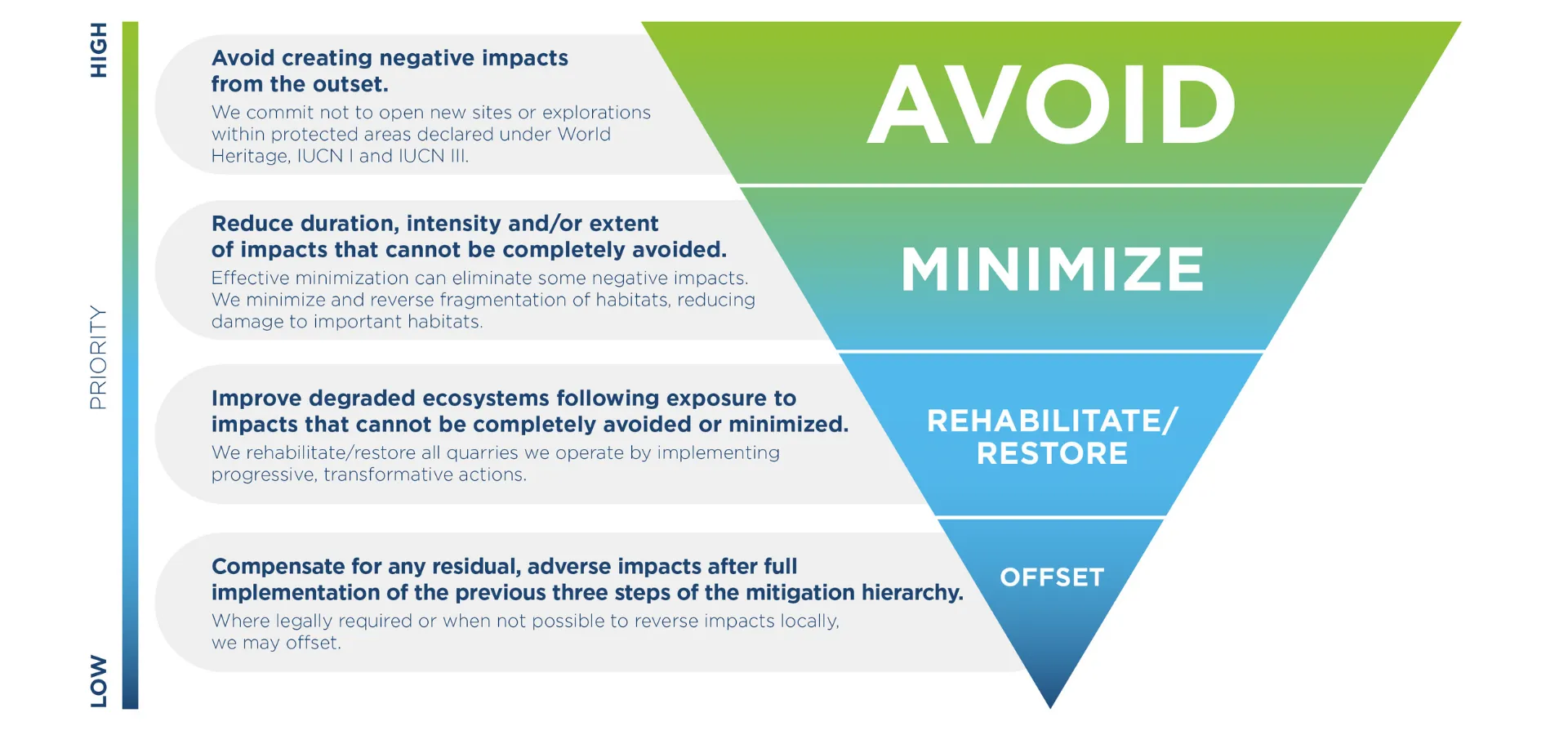
We worked in partnership with the International Union for the Conservation of Nature (IUCN) to develop a methodology to measure our biodiversity level. This tool is called the Biodiversity Indicator Reporting System (BIRS). With BIRS we will define our biodiversity baseline and measure our biodiversity improvement over the years on our active and non-active quarries. BIRS assessment will allow us to better understand the challenges and opportunities we have at each site for enhancing biodiversity and improving ecosystem conditions. We will identify key actions, develop action plans and implement them to increase our biodiversity index.
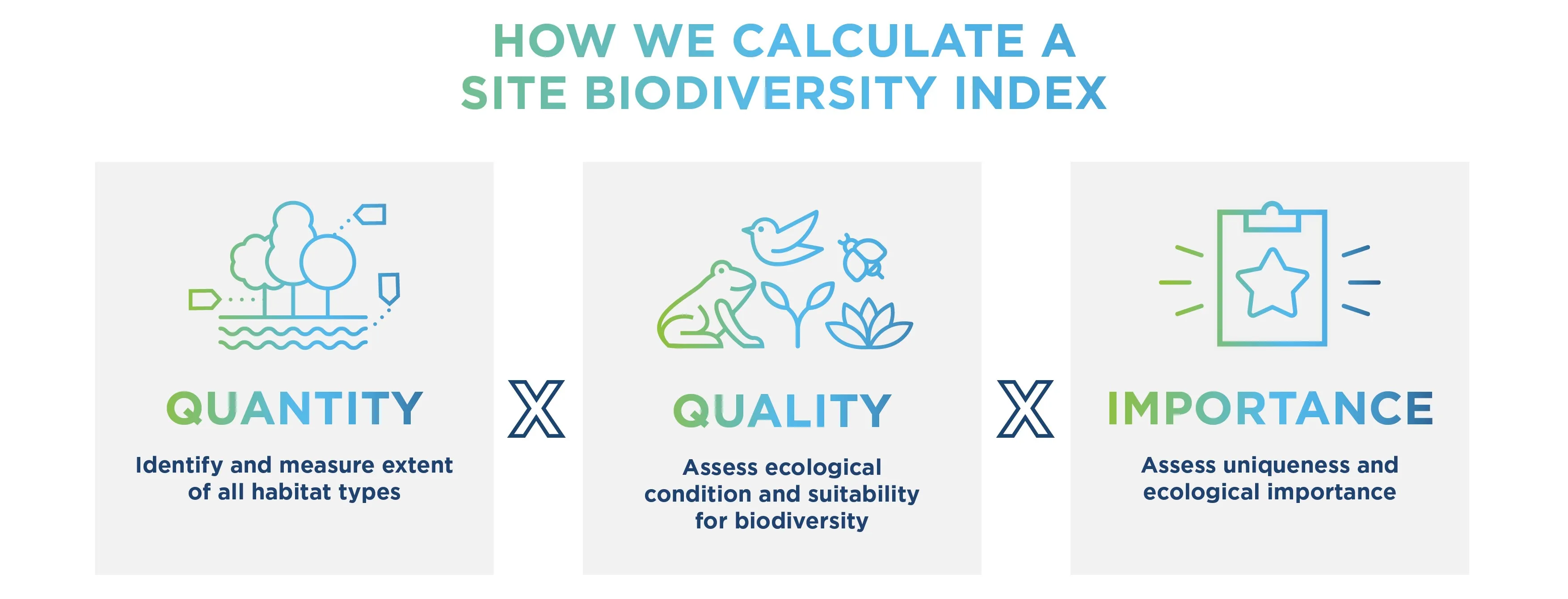
*Developed in partnership with the International Union for Conservation of Nature (IUCN)
Landscape approach
Our quarries and sites are an integral part of wider landscapes. They play an essential role in providing ecosystem services to people, including indigenous communities and vulnerable groups, as well as being the habitat of wildlife and flora. The landscapes cover important habitat types, from forests to grasslands and from deserts to wetlands.
We aim to become a leading voice in landscape protection beyond our own sites, participating in or leading multi-stakeholder collaboration. We work with all relevant stakeholders — from industrial sites to our suppliers (which usually are located in the same landscape) to agricultural producers and local communities.
Creating and executing on a common vision for biodiversity protection across our landscapes will include important local elements such as wildlife corridors and protection from natural hazards like fire or floods. It will be complemented by our approach to water stewardship and commitment to human rights and positive social impact. This will enable a holistic and inclusive view, resulting in a more sustainable landscape for all.
Promoting good practices throughout the value chain
We work with suppliers identified as having a high environmental impact to demonstrate continuous improvement towards having a recognized environmental management system in place.





